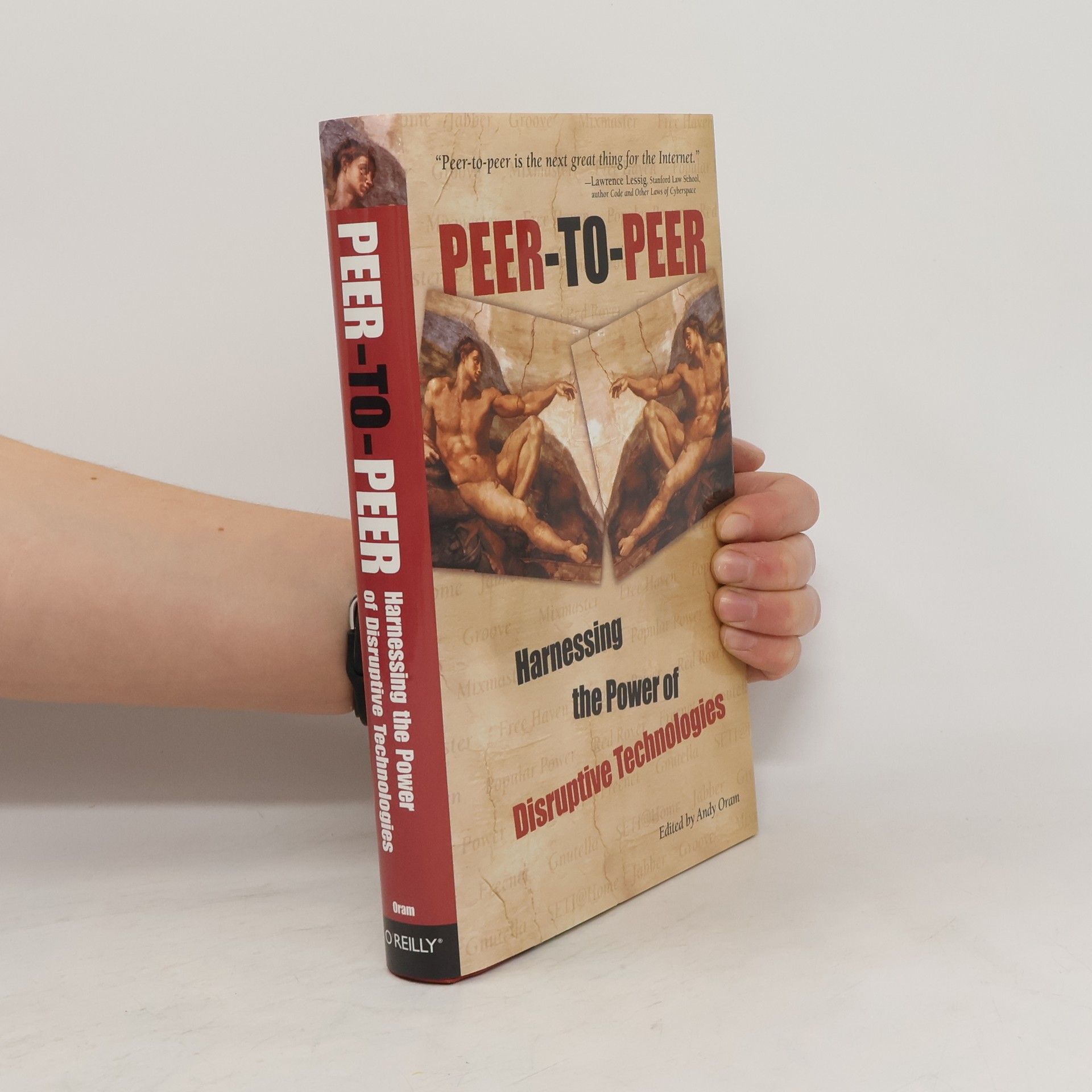Más información sobre el libro
The term "peer-to-peer" refers to networks where end users contribute files, computing time, or resources to shared projects. Beyond their technical aspects, these systems hold significant social potential by returning content, choice, and control to users. While communities have long existed online, they have been constrained by the limitations of email and newsgroups, which hinder meaningful interaction, organization, and collaboration. Enhanced tools for structuring information could transform these interactions, allowing individuals to share and retrieve data effectively, thereby fostering collaboration across various interests—technical, cultural, political, and more. This work explores the motivations driving the development of prominent peer-to-peer systems, the challenges encountered, and the technical solutions devised. Insights are provided by industry leaders, including Nelson Minar and Marc Hedlund discussing the history of peer-to-peer; Clay Shirky predicting its future; Tim O'Reilly redefining public perceptions; and Dan Bricklin on user-generated information. Other contributors include David Anderson on SETI@home's achievements, Jeremie Miller on conversational Internet dynamics, and Gene Kan on lessons from Gnutella. The book also addresses topics like low-tech content distribution, trust in distributed systems, and resource allocation, offering a comprehensive view of the peer-to-peer landscape.
Compra de libros
Peer to peer, Andrew Oram
- Idioma
- Publicado en
- 2001
Métodos de pago
Nos falta tu reseña aquí


